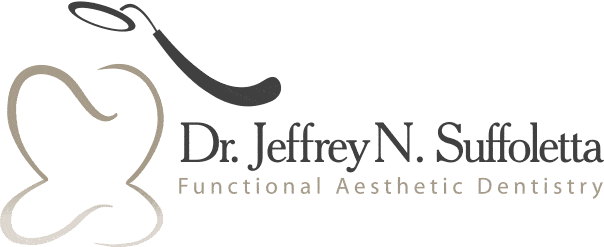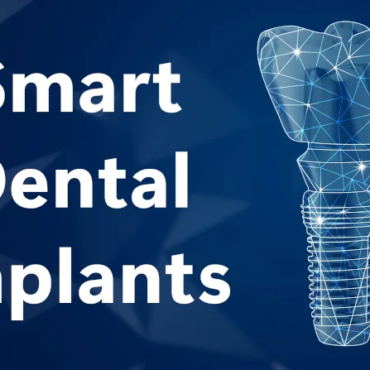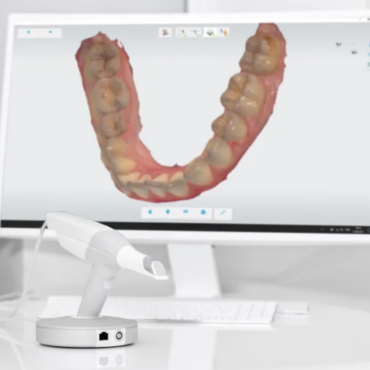Some potential trends that might emerge in the field of dentistry in 2024
Based on the progression of the industry up until 2023, the 5 dentistry trends to look out for in 2024 are listed below. However, please note that the accuracy of these predictions could vary, as they are speculative and subject to change.
Tele-dentistry Expansion
The integration of technology in healthcare has been on the rise, and dentistry is no exception. As a result, tele-dentistry is likely to become more widespread in 2024. This enables dentists to consult with patients remotely for routine check-ups, consultations, and even minor procedures. In addition, this can increase accessibility to oral healthcare and make it affordable in underserved communities.
Artificial Intelligence (AI) in Diagnostics
AI applications are increasingly being developed to assist dentists in diagnosing oral conditions, analyzing X-rays, and predicting potential issues. In 2024, we might see more AI tools that can help dentists make more accurate and efficient diagnoses, improving patient outcomes.
Personalized Treatment Plans
Advances in genetics and personalized medicine could impact dentistry as well. By analyzing a patient’s genetic predispositions, dentists might be able to create a custom treatment plan that is more effective. Consequently, it will provide treatment that is tailored to an individual’s specific oral health needs.
Related Article: How 3D Printing is Changing the Dental Industry
3D Printing in Dentistry
3D printing technology has been making strides in dentistry, especially in the creation of dental implants, crowns, and even orthodontic devices. In 2024, the 3D printing trend can continue to improve, enabling faster, more precise, and cost-effective production of dental prosthetics.
Minimally Invasive Techniques
Patients are increasingly seeking minimally invasive treatment options that involve less discomfort and quicker recovery times. New techniques and materials might emerge in 2024 that allow dentists to perform various procedures with minimal impact on the patient’s oral structures.
Remember that the pace of change in the medical field can vary, and new trends might emerge. To get the most accurate and up-to-date information, we recommend staying connected with reputable dental industry sources, attending relevant conferences, and keeping an eye on developments in dental technology and research.
Related Article: Comprehensive Dental Services in Summerlin, NV
The 5 Dentistry Trends to Look Out for in 2024 can have several benefits for the field of dentistry.
Tele-dentistry Expansion:
- Improved Access: Tele-dentistry allows patients in remote or underserved areas to receive dental consultations without the need to travel long distances.
- Convenience: Patients can have virtual check-ups and consultations, reducing the need for taking time off work or rearranging schedules.
- Early Intervention: Patients can seek advice from dentists sooner, potentially catching dental issues before they worsen.
AI in Diagnostics:
- Early Detection: AI-assisted diagnostics can identify oral health issues in their early stages, leading to more effective treatment and better outcomes.
- Accuracy: AI tools can help dentists make more accurate diagnoses by analyzing a large amount of data and patterns that might be difficult for human dentists to identify.
Related Article: Comprehensive General Dental Treatment
Personalized Treatment Plans:
- Tailored Care: By considering an individual’s genetic predispositions, dentists can create treatment plans that are better suited to the patient’s unique needs and oral health risks.
- Preventive Measures: Personalized plans might focus on preventing specific oral health issues that a patient is genetically predisposed to, improving their overall oral health in the long run.
3D Printing in Dentistry:
- Faster Turnaround: 3D printing enables quicker production of dental prosthetics, reducing the time patients need to wait for implants, crowns, or other devices.
- Customization: 3D printing allows for precise customization of dental devices, resulting in better fit and function for patients.
- Reduced Discomfort: The accuracy of 3D-printed devices can lead to a more comfortable experience for patients, reducing potential discomfort.
Minimally Invasive Techniques:
- Less Discomfort: Minimally invasive techniques often involve smaller incisions or less tissue manipulation, leading to reduced post-procedure discomfort.
- Faster Recovery: Patients undergoing procedures such as laser treatment tend to experience faster recovery, and patients will have the ability to return to their normal lives quicker.
- Preservation of Natural Teeth: Techniques that preserve more of the natural tooth structure contribute to long-term oral health and aesthetics.
Overall, these trends aim to enhance patient experiences by making dental care more accessible, efficient, and tailored to individual needs. They can lead to earlier detection and treatment of issues, improved comfort during procedures, and better long-term oral health outcomes.
Follow and engage with us via X (Formally known as Twitter!) and Facebook.



